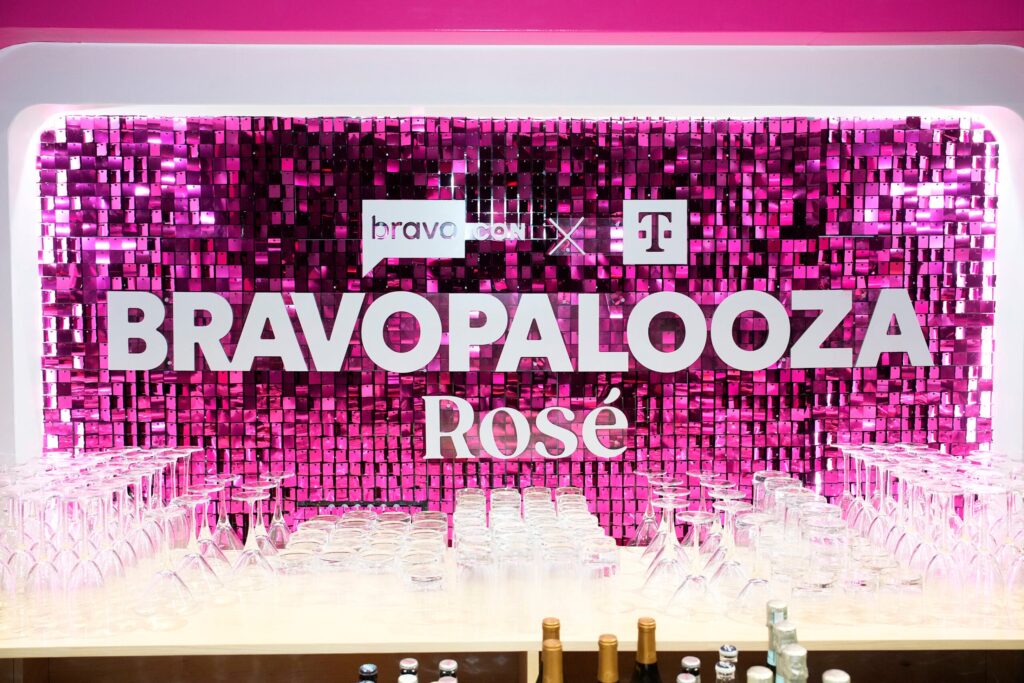While TiVo may have spooked the advertising industry with its ad-skipping capabilities, it has opened a new door for promotion.
TiVo’s Showcase component creates a venue for advertisers to show off branded long-and short-form video content, which can also include interactive and direct-response mechanisms. The technology is a true hybrid, combining traditional TV spots with promotional messages to produce, well, let’s call them “advermotions.” And unlike traditional live TV ads, consumers who want to view a Showcase segment must actively opt-in to see it.
“Advertisers realize this is a different model,” says Kimber Sterling, director of advertising and research sales for TiVo. “We’re offering content that is branded, that has value that the viewer will choose to watch. That’s the change that DVR is making to the industry: the viewer has control and consequently advertisers have to make the content more compelling.”
Showcase is a relatively new venue in a sea of tried and true advertising mediums whose waters are largely uncharted. After a period of test runs, the first advertisers began rolling out content during the second half of last year.
The potential for promotion, specifically for brands in search of the TiVo demographic, appears enormous. Marketers can highlight a variety of campaign tactics, from requests for coupons or samples, to detailing dates and locations for events, to touting contests or sweeps.
For example, Best Buy ran a promotion giving away Sheryl Crow CDs, and Coca-Cola has run three 25-minute programs of music and video content. Capital records promoted a Liz Phair tour by listing tour dates and running a contest with the grand prize of backstage passes. And General Motors has done Showcases for four different divisions, Cadillac, Buick, GMC and Chevy. Elsewhere, advertisers include Universal Studios and Universal Music Group, Fox TV and FX, Dell, New Line Cinema, Porsche, Ford and Chrysler.
The range for length of spots and “flight dates,” or the time frame Showcases run, is flexible. Advertisers have scheduled from four minutes of content over one week to the long-form 30-minute programs, which have to be downloaded. Rates run between $90,000 to $110,000 net per week for four minutes of video content.
The content can be accessed from TiVo Central, its main navigation page, where promotional spots are identified by a gold star. Alternately, a call-to-action, signaled by a “green thumbs up” icon, can be embedded in live or recorded TV ads viewed through TiVo that takes viewers directly to a Showcase for that advertiser.
Once in Showcase, viewers select from a text menu that lets them, for example, view a video or request more information.
Last November, Nissan North American ran a two-week Showcase for its Nissan Z. During the first week three 15-second clips of a chin-mounted camera perspective of the Z tearing through the streets of Prague acted as teasers to promote the second week of content. The clips were cut from raw footage originally shot for a Z DVD. Consumers could click to get more information or the DVD, and the spot prompted viewers to come back the following week to see more. During the second week, a three-minute video showed expanded footage and a behind-the-scenes look at the making of the DVD. Viewers were also given the opportunity to click the words “Want More?” to receive The Run DVD and were asked if they had seen the Week One teasers. Over the two weeks, viewers were also given the option to link from the “green thumb” on the live TV ads to link to the Nissan Z Showcase.
“It was amazing and there’s nothing like it,” says Jason Kuperman, director of brand content at TEQUILA\, a division of TBWA/Chiat/Day, Los Angeles, which developed Nissan’s, and its first Showcase.
A number of metrics are available to advertisers to measure the success of the Showcase. For example, Nissan received data on how many viewers watched the Showcase, and of those, how many viewed the video. It also learned that on average, more than 75% of the full-length feature was watched and that the one-week teasers were watched more than once. It also discovered how many viewers requested the DVDs, and was then able to determine of those, how many went to dealers and bought cars.
Data can also be gathered on the percentage of viewers that enter the Showcase via the telescope “live” ad, TiVo Central or through the Showcase menu, as well as the average length of a Showcase visit. Database building capabilities are in place since TiVo supplies the contact information, including users name, address, phone number and e-mail address if available, for fulfillment to advertisers.
TiVo has a specific demographic and a growing audience. As of January, TiVo had 1.3 million subscribers, compared to 380,000 one year ago. It projects 3 million subscriptions by January 2005.
“As long as the client manages their expectation of how many people they’re speaking to and who they’re speaking to it’s great,” Kuperman says.
TiVo viewers are men and women ages 25 to 49, 68% are married and 33% are families with children under 17. They are affluent, with 70% having incomes of $65,000+ and 44% with incomes of $100,000+.
TiVo limits the number of advertisers and rotates the messages on TiVo Central. The ads have to be refreshed each week.
“To leave it up longer it becomes wallpaper,” Sterling says.
The Alviso, CA-based company reports that traditional viewing habits change for its customers. For TiVo users, two-thirds of television viewing occurs outside of primetime hours, versus those without TiVo, where 70% of television is viewed during primetime.
TiVo reported fourth quarter revenue increased 85% to $42.6 million, compared to $23 million one year ago. Net loss was $12.4 million, an improvement over $32.5 million last year. The quarter ended Jan. 31.
What’s next? TiVo says it is working on a new suite of broadband-based features that will allow for real-time interactivity.





